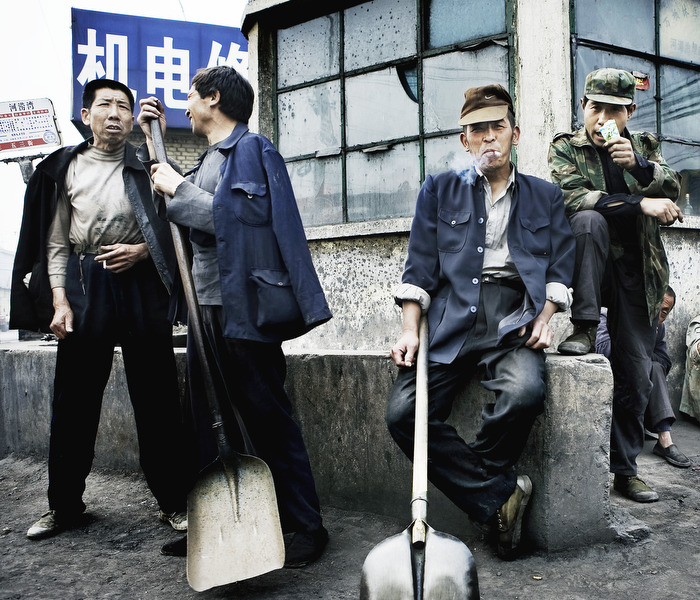
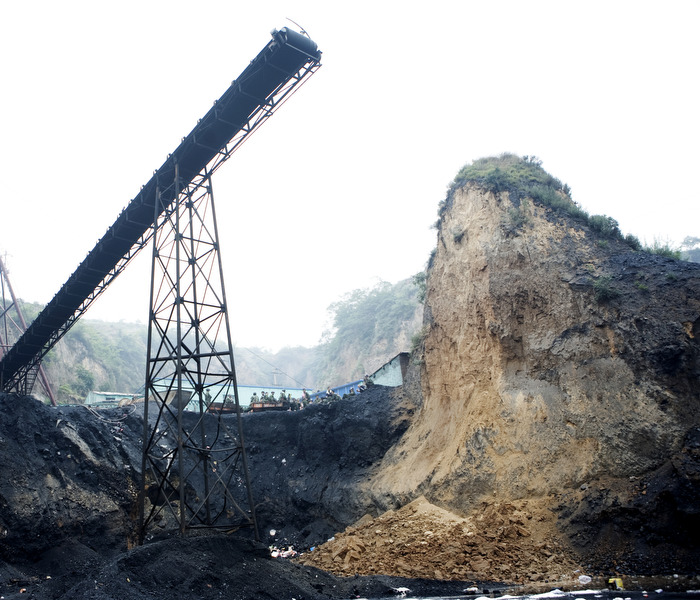

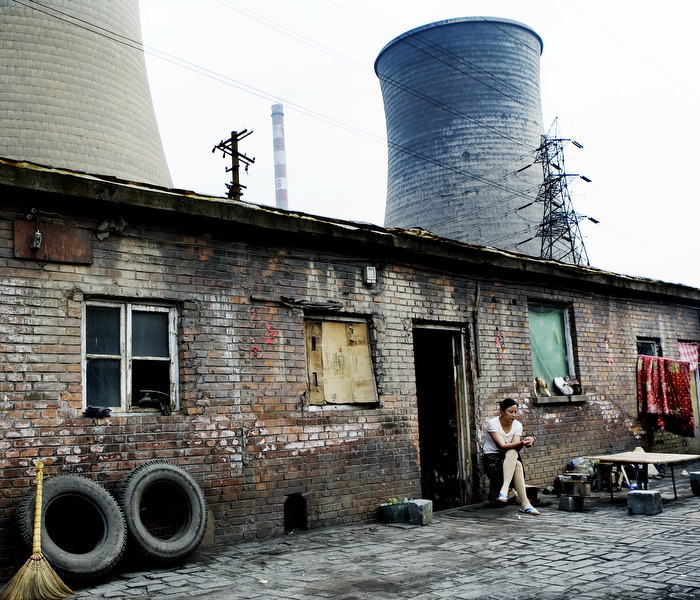
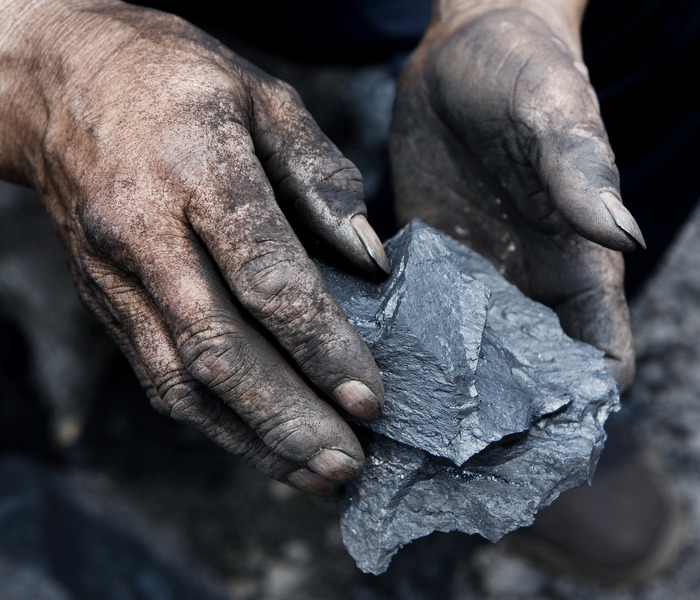
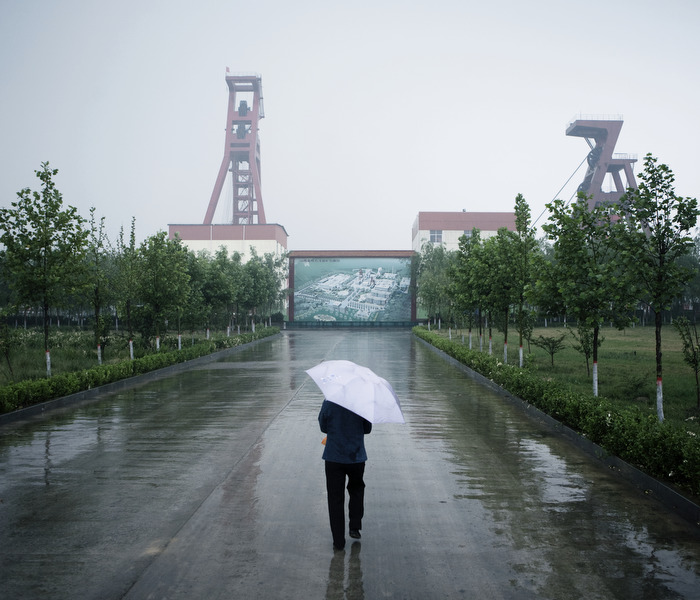


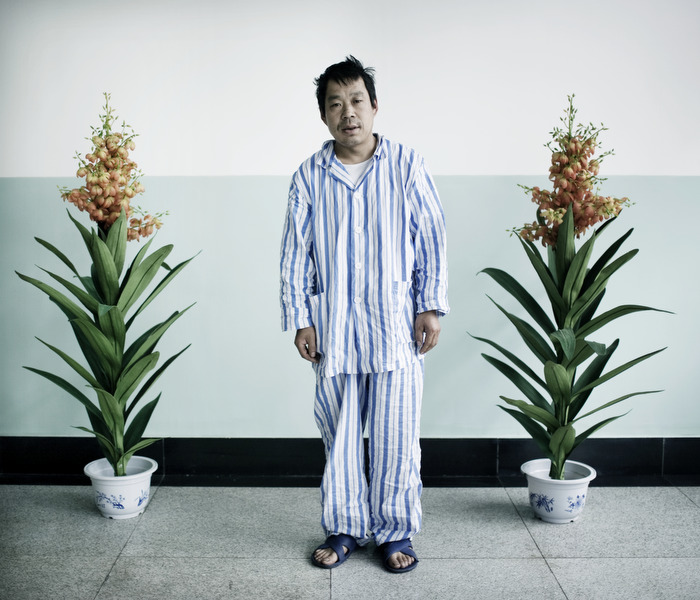
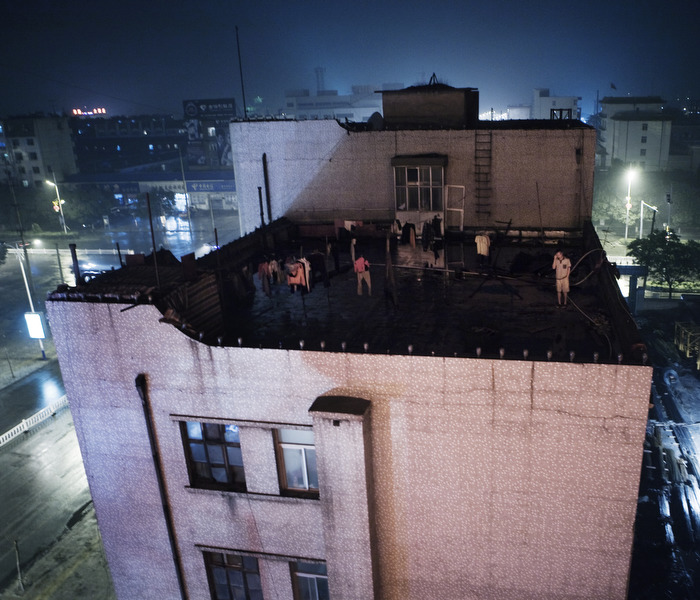
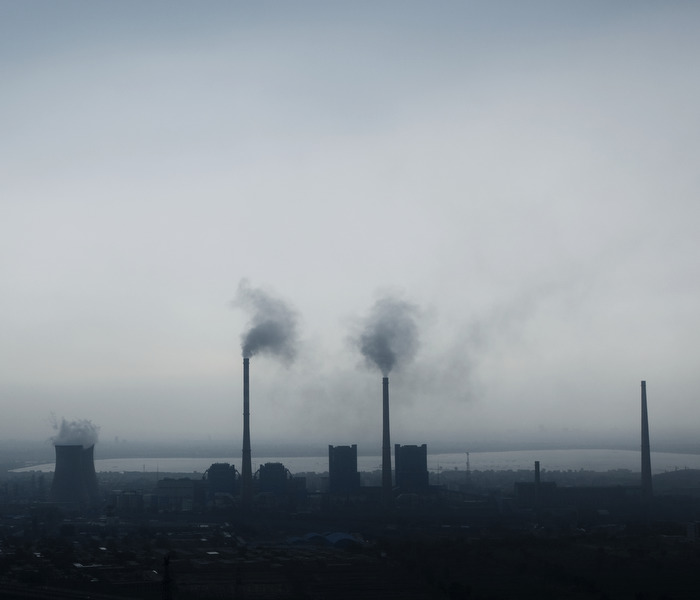

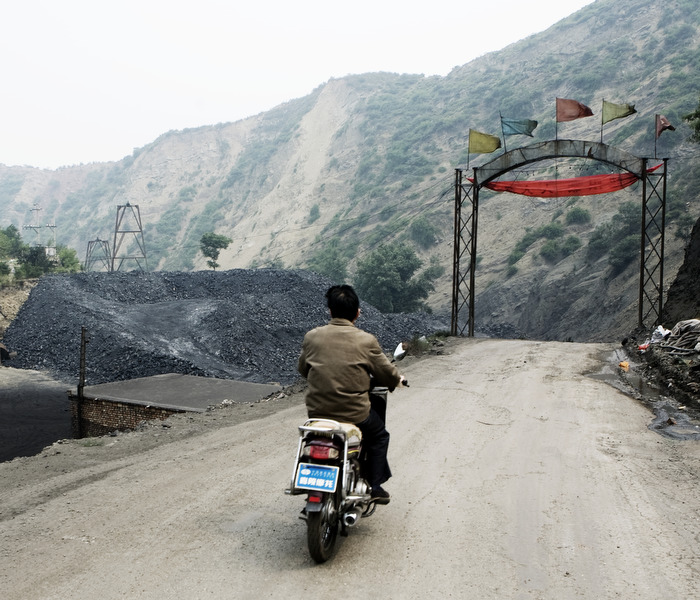

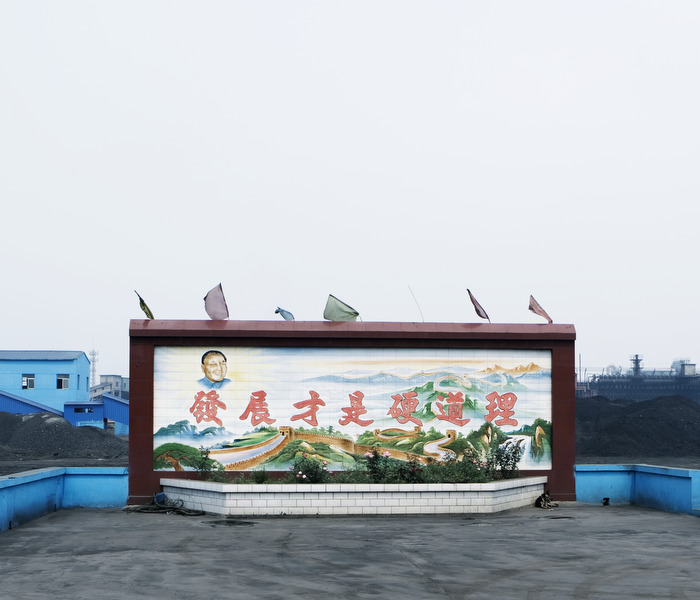

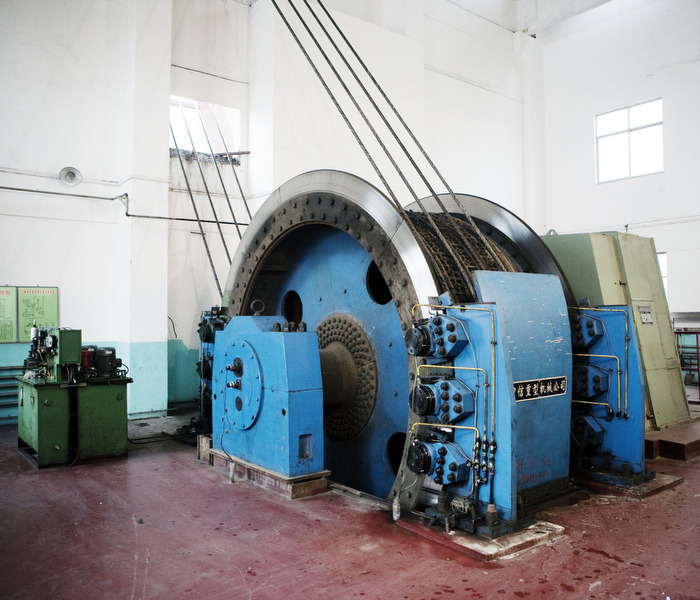

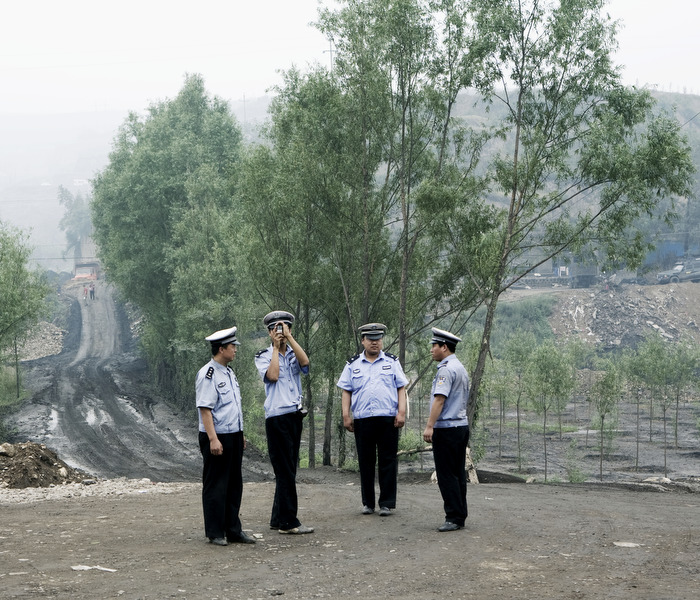

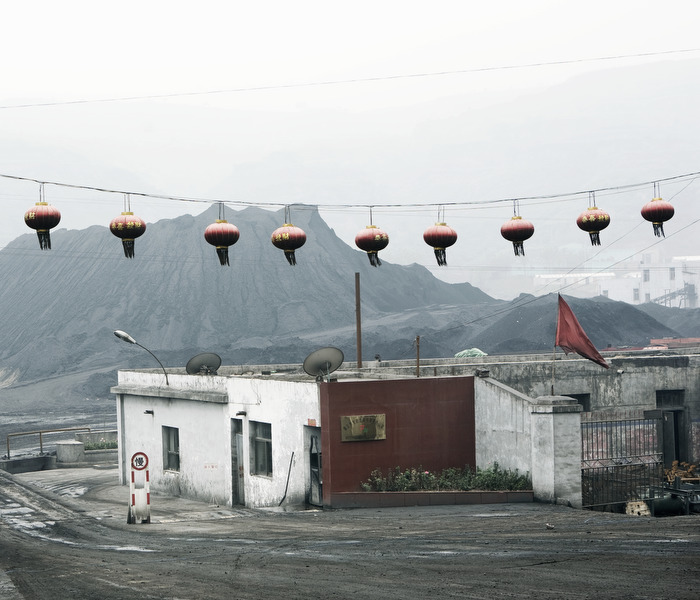
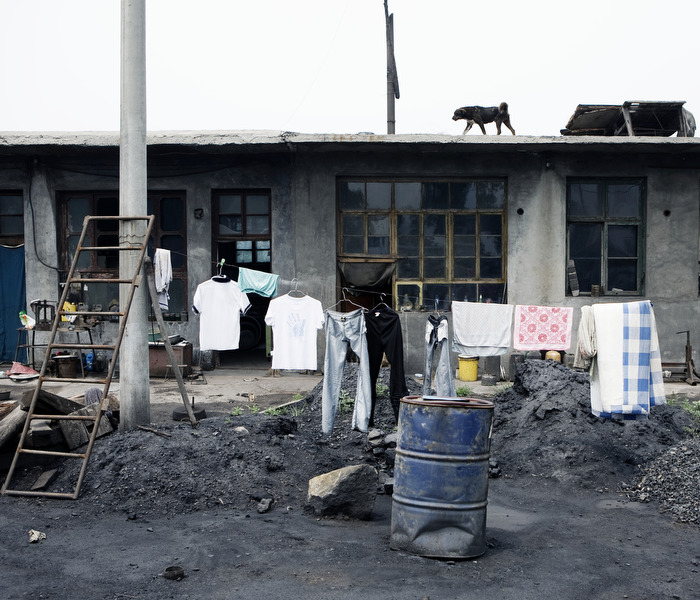
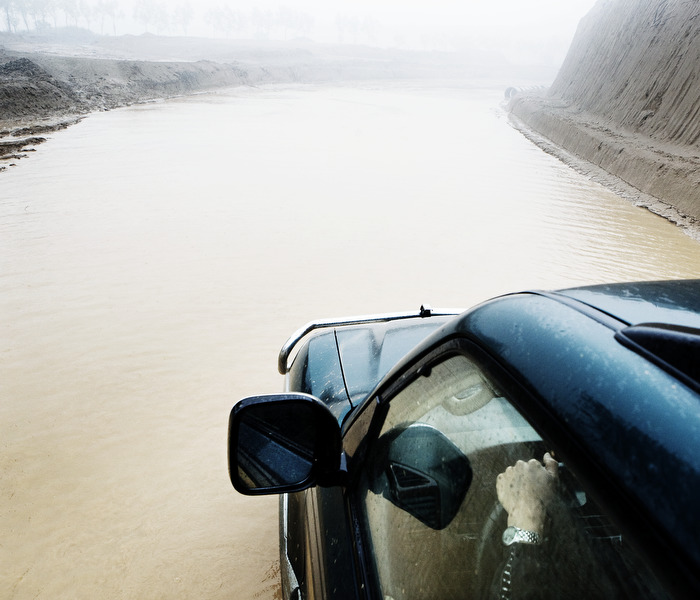
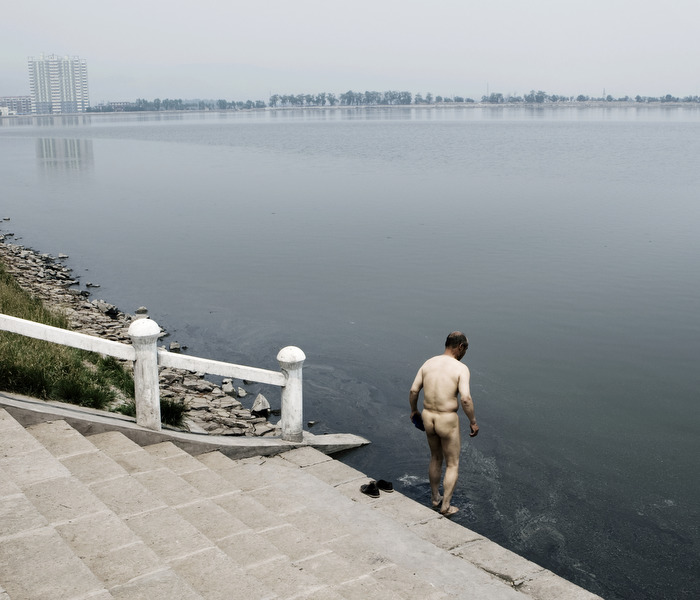

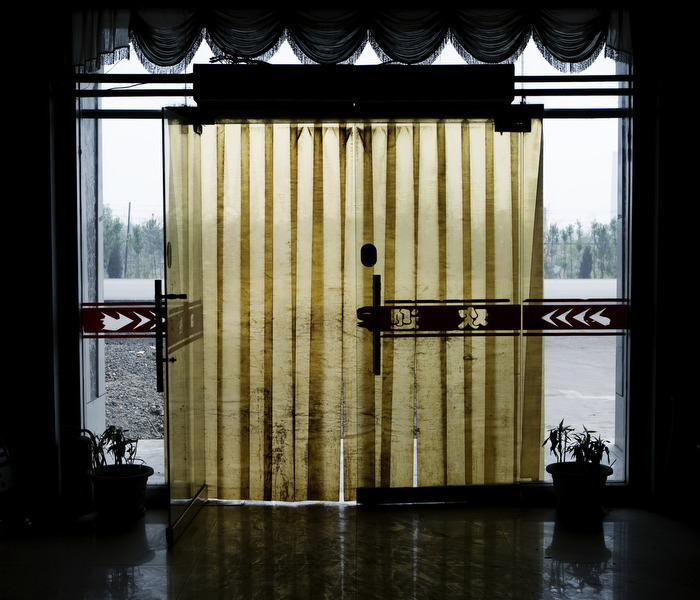


























Christian Als was born in the countryside outside Copenhagen. Most of his work centers on what he calls “concerned photography” -social, political and economic issues throughout the world.
Christian graduated from the Danish School of Journalism, and did various stints during and after his graduation (in 2006) as a freelance photojournalist until eventually being hired by Berlingske Tidende (where he still works today).
Christian’s work has been published in an impressive list of international publications too numerous to list here, and he has won a mind-boggling number of awards which are likewise too numerous to list. The China Loves Coal series won a Best of Photojournalism award from the NPPA in 2009 in the Environmental Picture Story category.